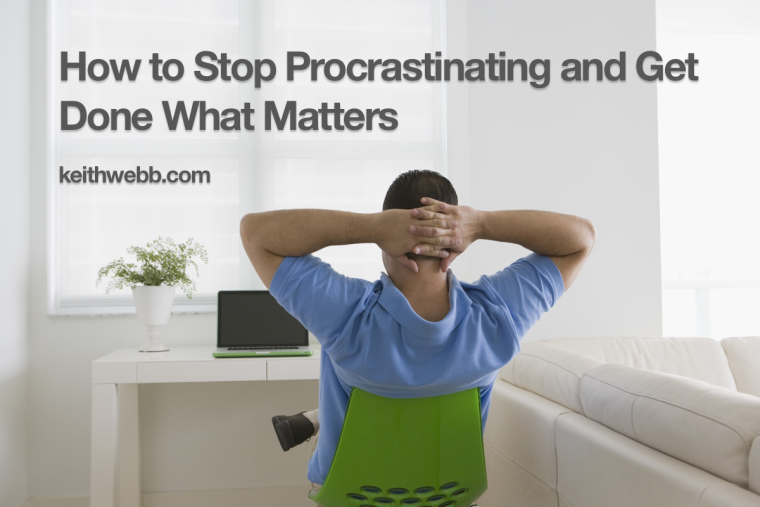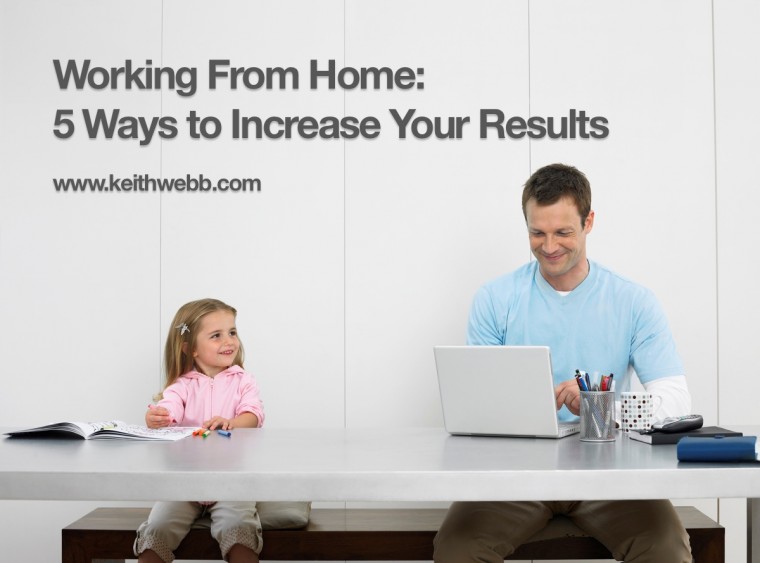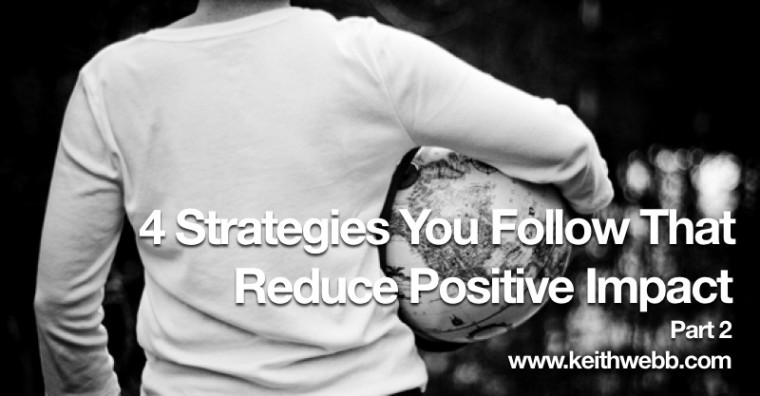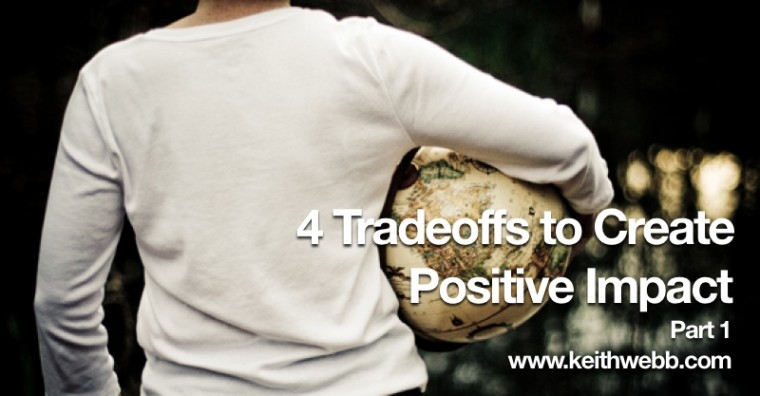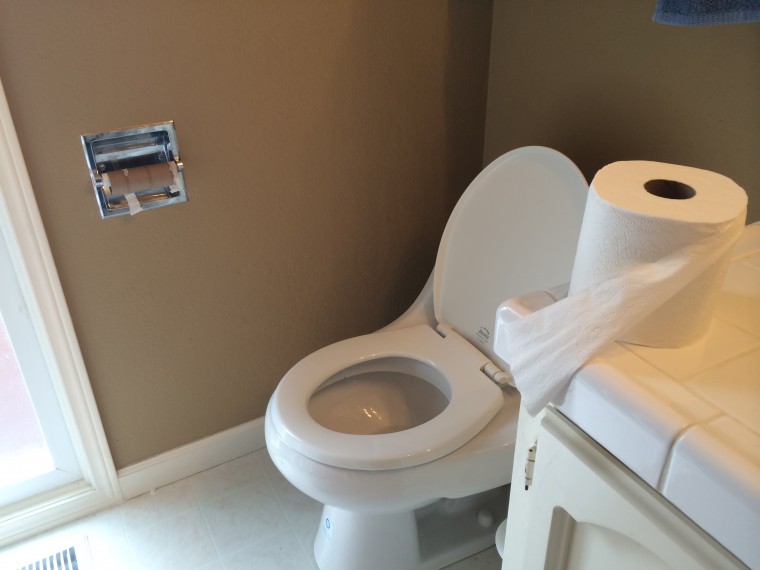During a vacation a few years ago, I completely unplugged from email, social media, and websites for a week. The experience revealed some hard lessons about myself. I also found the secret for how to unplug in such a way that you won’t be swamped with emails when you plug back in.

On past vacations I would “check-in” on email each morning and evening. This year I decided to completely unplug. Unplugging would allow me to fully engage with my family 24/7, relax, and completely change my frame of mind for a week. I wanted a real vacation.


